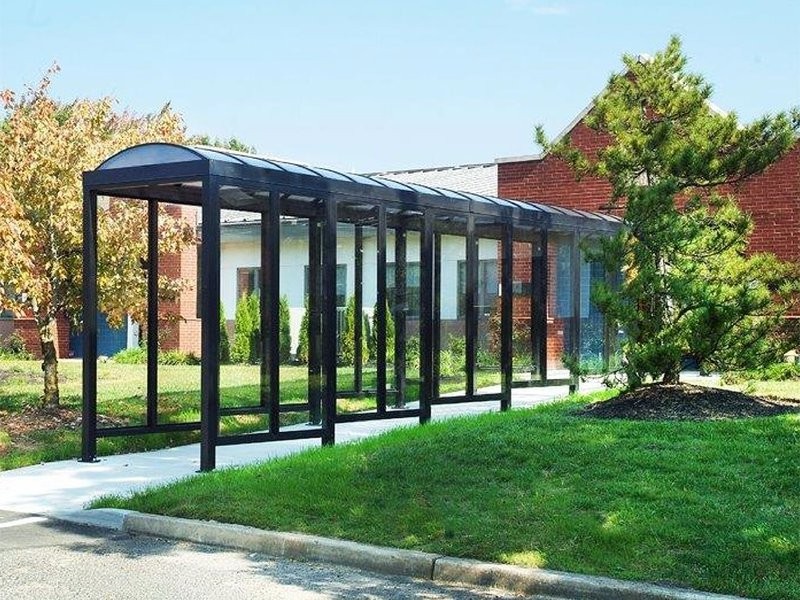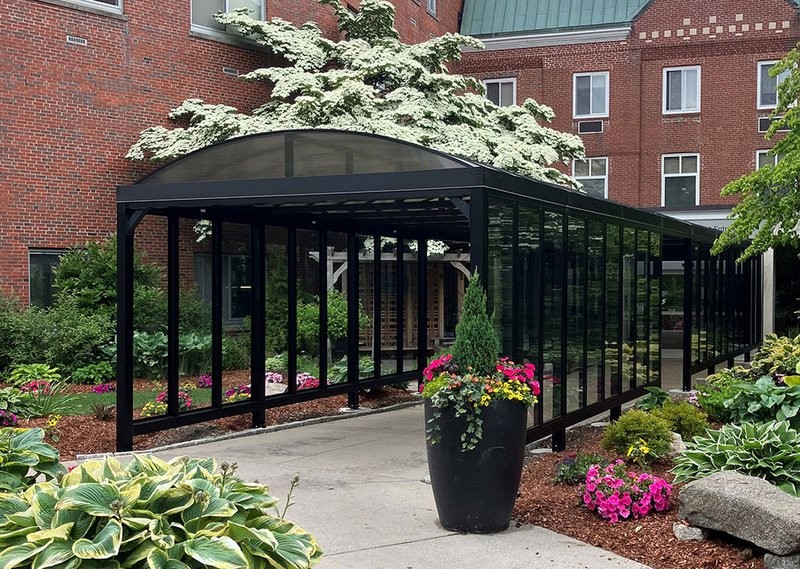The Cost-Effective Benefits of Modular Walkway Covers
Infrastructure doesn’t have to be complicated—or costly—to be effective. As demands increase for weather-resilient and pedestrian-friendly public spaces, modular walkway covers offer a simple, scalable solution that checks all the boxes. These structures not only protect pedestrians from the elements, but they also improve accessibility, enhance visual appeal, and streamline movement in and around buildings.
Whether connecting multiple buildings on a corporate campus, protecting hospital patients in transport, or supporting transit riders moving between shelters, modular walkway systems are quietly reshaping how people move through spaces. And thanks to prefab innovation and lightweight materials like aluminum, the advantages are no longer limited to high-budget projects.
Prefabrication: A Foundation for Cost Savings
The advantage of prefab shelters lies in their efficiency. Traditional construction methods often come with unpredictable timelines, increased labor costs, and onsite weather delays. Prefabricated walkway covers avoid those issues entirely by being fabricated in controlled environments, where materials and quality are standardized before the product ever arrives at the installation site.
This streamlined approach significantly reduces installation time and labor costs. Because these systems are modular, they can be delivered in pre-assembled components, minimizing site disruption and expediting project timelines. In fast-paced settings like healthcare facilities, universities, and transit hubs, this can be a game-changer—ensuring that operations continue uninterrupted even while improvements are being made.

Photo by Handi-Hut
Why Aluminum Outperforms Traditional Materials
One of the most valuable long-term decisions in shelter planning is the choice of material. Steel may be synonymous with strength, but it comes with weight, corrosion risks, and added maintenance. Aluminum, on the other hand, offers a more future-ready approach.
The advantages of aluminum canopies are particularly evident when evaluating lifecycle costs. Aluminum is naturally corrosion-resistant, which means it holds up far better in environments with moisture, salt air, or temperature swings. It’s also significantly lighter than steel, which simplifies the installation process and reduces the need for heavy machinery or reinforced foundations.
Aluminum is also more flexible from a design standpoint. It supports clean lines and contemporary aesthetics, blending seamlessly with modern architecture. Whether the goal is to add functionality without compromising visual appeal—or to match the visual identity of a campus or public building—aluminum delivers on both fronts.
Built for Durability, Designed for Use
The need for durable walkway covers extends beyond weather protection. These systems are often exposed to daily wear from foot traffic, temperature extremes, and the occasional impact from maintenance vehicles or equipment. With a well-designed modular system, durability is baked into every component—from the anodized aluminum framing to the impact-resistant roof panels.
Durable doesn’t mean clunky. The best walkway cover systems are engineered for strength without sacrificing the user experience. Clear sightlines, low-profile footings, and integrated drainage all contribute to a more refined and efficient system—one that can be enjoyed, not just endured.
And because aluminum structures require very little maintenance, they retain their clean appearance and structural integrity for decades. In the long run, this translates to reduced facility maintenance costs and fewer disruptions for end users.
Improving Campus Connectivity
Walkway covers are particularly valuable in large, decentralized facilities like hospitals, government buildings, and university campuses. These environments require connectivity—not just between buildings, but between parking lots, entry points, and key destinations.
Installing well-placed modular walkway covers is one of the easiest ways to improve campus connectivity. They help people move with confidence in any weather, making the site more accessible year-round. And since aluminum systems can be extended or reconfigured over time, they provide flexibility as the layout of the campus evolves.
In educational settings, covered walkways reduce class delays during rain or snow and make campuses more accessible for students with mobility needs. In medical or commercial applications, these structures can support patient and visitor comfort while meeting ADA compliance and other design standards.

Photo by Handi-Hut
Supporting Urban Pedestrian Flow
As cities shift toward more sustainable, people-first design, modular walkway systems can also help promote pedestrian-friendly urban environments. They offer a defined, protected space for walking—critical in areas where foot traffic interfaces with roads, transit stations, or building access points.
Walkway covers also integrate easily with other modular infrastructure. For example, a covered path from a transit stop might lead into a facility’s main entry or extend to a smoking shelter. Creating these seamless connections encourages more active transportation and supports broader urban design goals like reducing vehicle congestion and promoting environmental sustainability.
These covers are especially effective when paired with transit shelters or covered bike parking to form a continuous network of protection and accessibility.
Scalable, Sustainable, and Ready to Install
Beyond function and cost savings, modular walkway covers deliver scalability. Because they’re modular by nature, they’re easy to expand, modify, or relocate as needs change. A system initially installed to connect two buildings can later be extended to new wings, additional entrances, or expanded parking lots without needing a total redesign.
From a sustainability standpoint, the prefabricated nature of these covers minimizes material waste and onsite emissions. Aluminum’s recyclability further supports green building practices, making it a preferred choice for organizations pursuing LEED certification or broader sustainability benchmarks.
Build Durable Walkway Covers with Handi-Hut
At Handi-Hut, we’ve seen firsthand how modular walkway covers transform everyday spaces. Our team engineers and manufactures prefabricated aluminum systems designed for long-term value and seamless integration. Whether the goal is to enhance pedestrian safety, protect against weather, or improve the flow of foot traffic across a site, our walkway systems are built to adapt, perform, and last.
Contact us today to learn how we can bring modular performance and elegant design to your next project.
